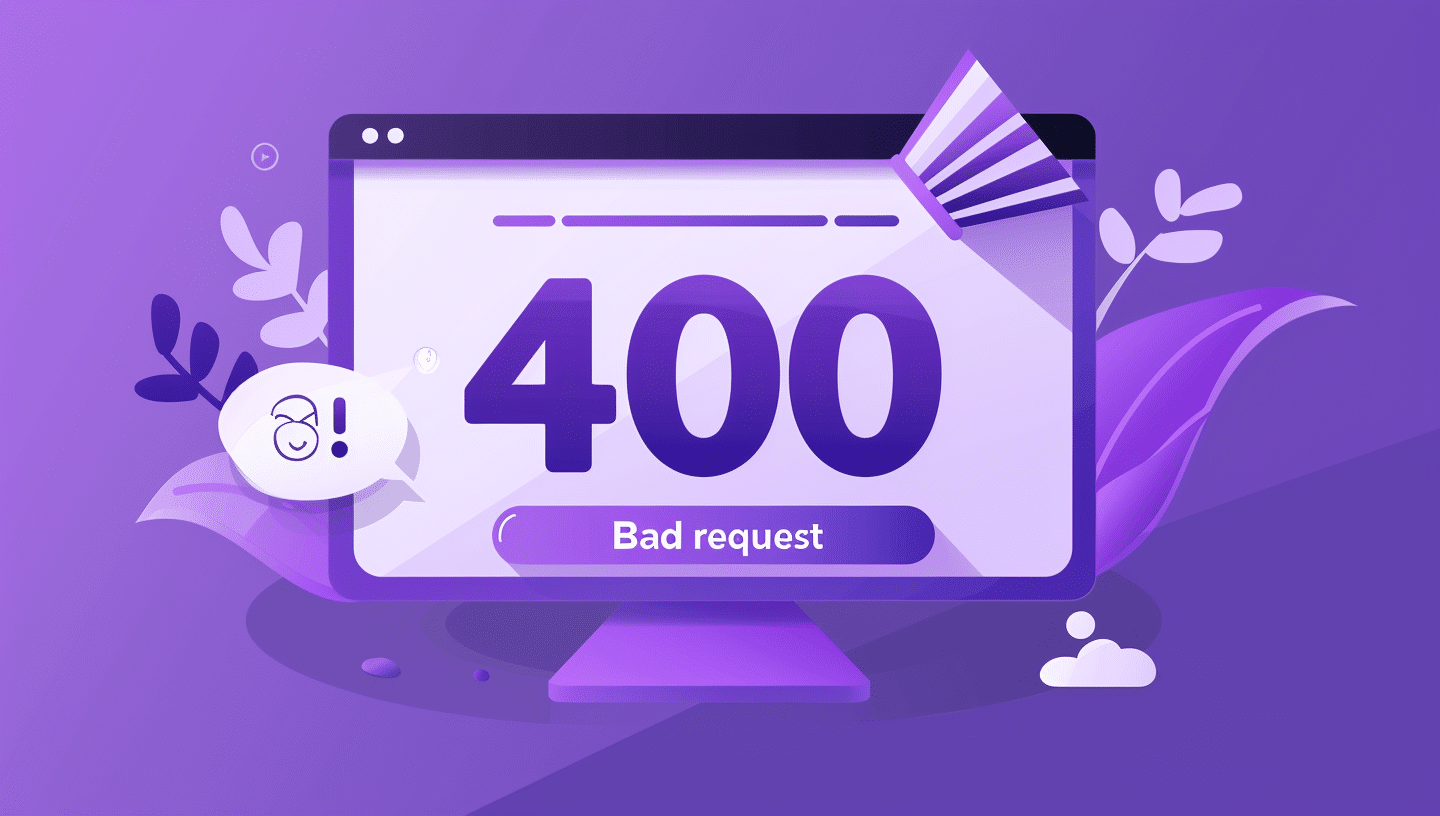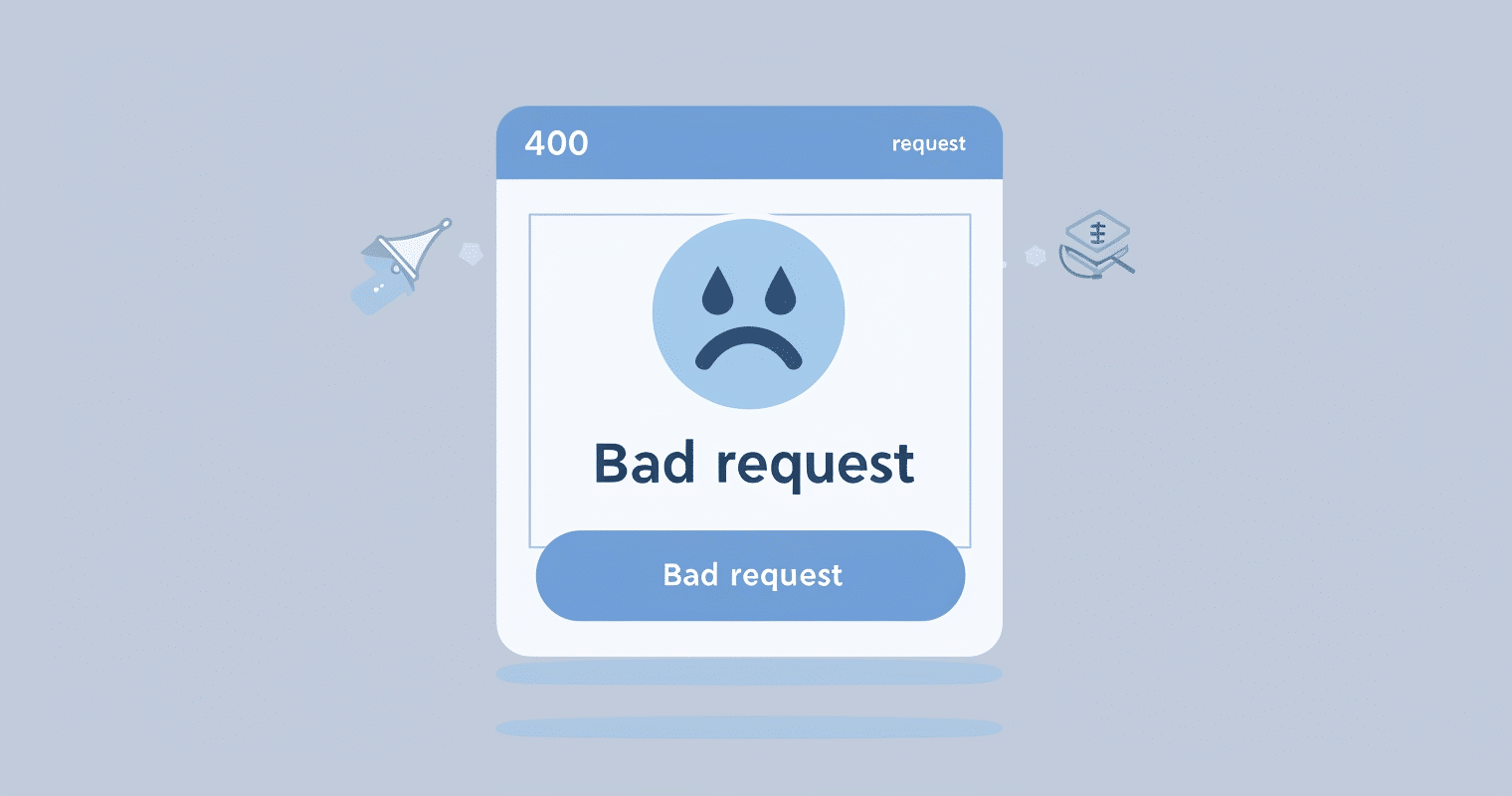The ‘400 – Bad Request’ is a common yet perplexing HTTP status code that users encounter while browsing the web. It signifies that the server couldn’t understand or process the request due to invalid syntax. While this error may seem daunting, understanding its origin and solutions can alleviate frustration and ensure seamless web navigation.
Understanding HTTP Status Codes
HTTP (Hypertext Transfer Protocol) status codes, returned by a web server, indicate the result of a requested operation. They are divided into five classes, each identified by the first digit:
- 1xx – Informational
- 2xx – Success
- 3xx – Redirection
- 4xx – Client errors
- 5xx – Server errors
The 400 Bad Request error falls into the 4xx category, signaling that the client has made a mistake.
What Causes a 400 – Bad Request Error?

This error typically occurs when the server fails to interpret a request due to incorrect syntax. Common causes include:
- Invalid URL: URLs containing illegal or special characters can lead to a 400 error.
- Invalid or Expired Cookies: When a website’s cookies are corrupt or expired, a 400 error may be triggered.
- Sizeable Headers: HTTP headers exceeding the server’s limit can also cause this error.
- DNS Lookup Failure: Failure to resolve DNS might result in a 400 error.
Impacts of a 400 – Bad Request Error
The most apparent impact of a 400 error is the interruption of the browsing experience, preventing users from accessing the desired webpage. This can result in frustration, leading users to leave the site, negatively affecting website traffic, user experience, and potentially, business revenues.
Table: Common Causes and Solutions of a 400 – Bad Request Error
| Cause | Solution |
|---|---|
| Invalid URL | Check the URL for illegal characters and correct them. |
| Invalid or Expired Cookies | Clear your browser cookies. |
| Sizeable Headers | Reduce the size of your HTTP request header. |
| DNS Lookup Failure | Try flushing your DNS cache. |
How to Fix a 400 – Bad Request Error
Given below are detailed steps corresponding to the solutions mentioned in the table above.
1. Check and Correct the URL
Ensure that the URL entered is valid, free from special characters, and appropriately formatted. If copied from elsewhere, check for any spaces or symbols.
2. Clear Cookies
Cleaning the browser’s cookies can often resolve the issue. Go to your browser settings, find the privacy or security section, and choose to clear your browsing data, including cookies.
3. Reduce Header Size
If your HTTP request header is too large, try reducing its size. Disable or uninstall unnecessary browser extensions and clear your browsing data.
4. Flush DNS Cache
On Windows, open the command prompt and type ipconfig /flushdns, then hit Enter. For Mac users, the command varies depending on the operating system version.
List: Steps to Prevent a 400 – Bad Request Error
- Regularly clear your browser cookies.
- Keep your URLs clean and formatted correctly.
- Minimize your HTTP request headers.
- Regularly flush your DNS cache.
- Keep your browser updated.

Understanding the 400 – Bad Request error, its causes, impacts, and solutions is crucial in maintaining an uninterrupted web browsing experience. Empowered with this knowledge, you can quickly troubleshoot and overcome this common web hindrance.






